Are you an avid traveler and shutterbug who strives to improve your travel photography?
There are lots of ‘once in a lifetime’ moments during travel; precious experiences that you want to capture perfectly and cherish forever. Often, you only get to see a place once so you want to make the most of it, and make sure you capture it in the best way.
Table of Contents
Travel Photography Tips
Well, this ultimate guide is packed with practical travel photography tips to help you.
Whether your interests lie in landscape photography, street photography, architecture photography, or food photography, this guide covers everything you need to know to capture your holidays better.
Try these tips, and you’ll come home with a beautiful set of photos that are worthy to keep in a travel photobook!
Street Photography
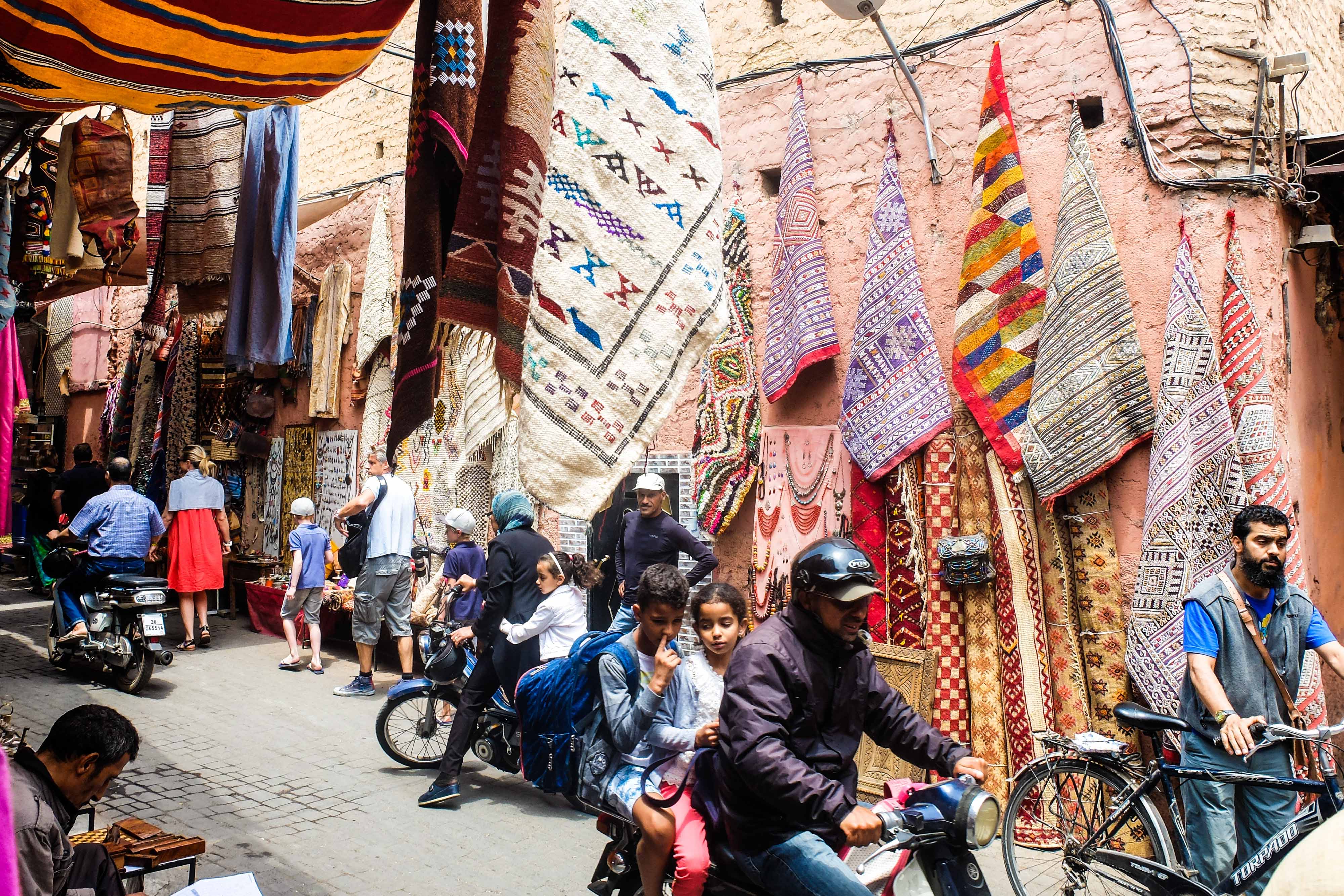
One of the best ways to capture a city with all its elements is by using street photography. Getting right in the middle of the activities allows you to observe and document the vibe, people, and interactions happening in a place.
Although tricky, the results will be worth it as you don’t just capture photographs, but also stories.
It’s true that social skills are as important as photography skills for street photography. Here are a few tips to help you get you started.
1. Talk with the locals
The locals can sometimes be apprehensive or hostile when you take their photos, and who can blame them when there’s a stranger shoving a camera in front of their face?
Some people say you need more social skills than photography skills to create beautiful street photography, and they might not be wrong.
There’s nothing better than a relaxed atmosphere to get sincere expressions from people, so gain their trust by starting a conversation. Show that you’re genuinely interested in talking to them. Some photographers even keep their camera away for the first few minutes, and this really helps a lot in keeping them relaxed and trusting.
2. Keep the camera-ready at all times
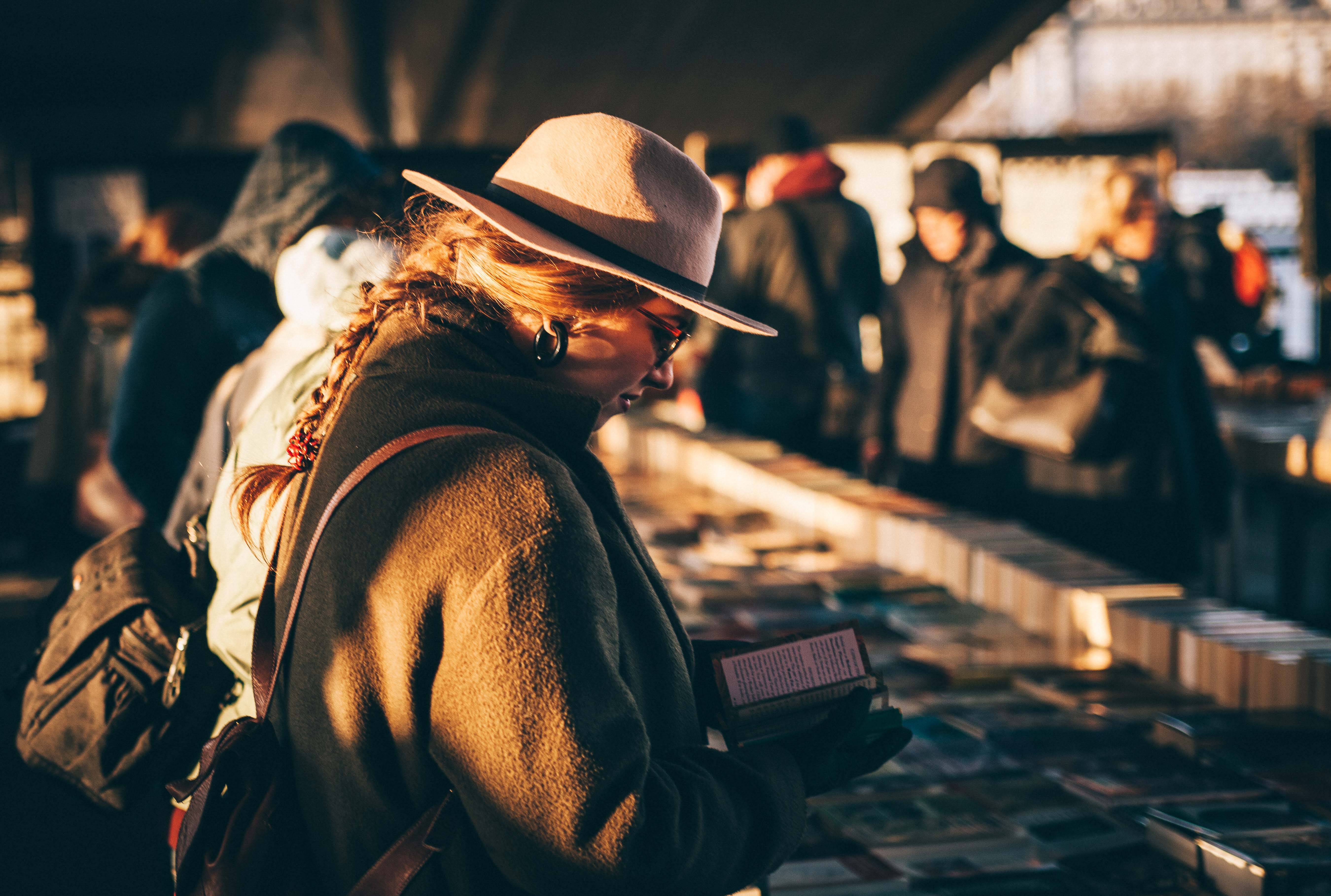
Even after you’ve done some shots, don’t tuck your camera away. Most people don’t act naturally when they’re aware of the camera. The bodies become stiff and the smiles unnatural. Take a few shots after talking for a while, but keep the camera at hand, ready for use.
Usually, people relax when the session is over, but that doesn’t mean you should stop and pack your camera. Your subject might act naturally when they think it’s done, resulting in more natural and genuine expressions in your shots.
3. Capture stories, not things
Street photography is about telling stories, so go beyond the people, buildings, and surroundings.
Capture the movement of people rushing in the market, for example, or the laughter of the kids playing with makeshift dolls with their friends. Expressions, interactions, and movements usually tell stories best.
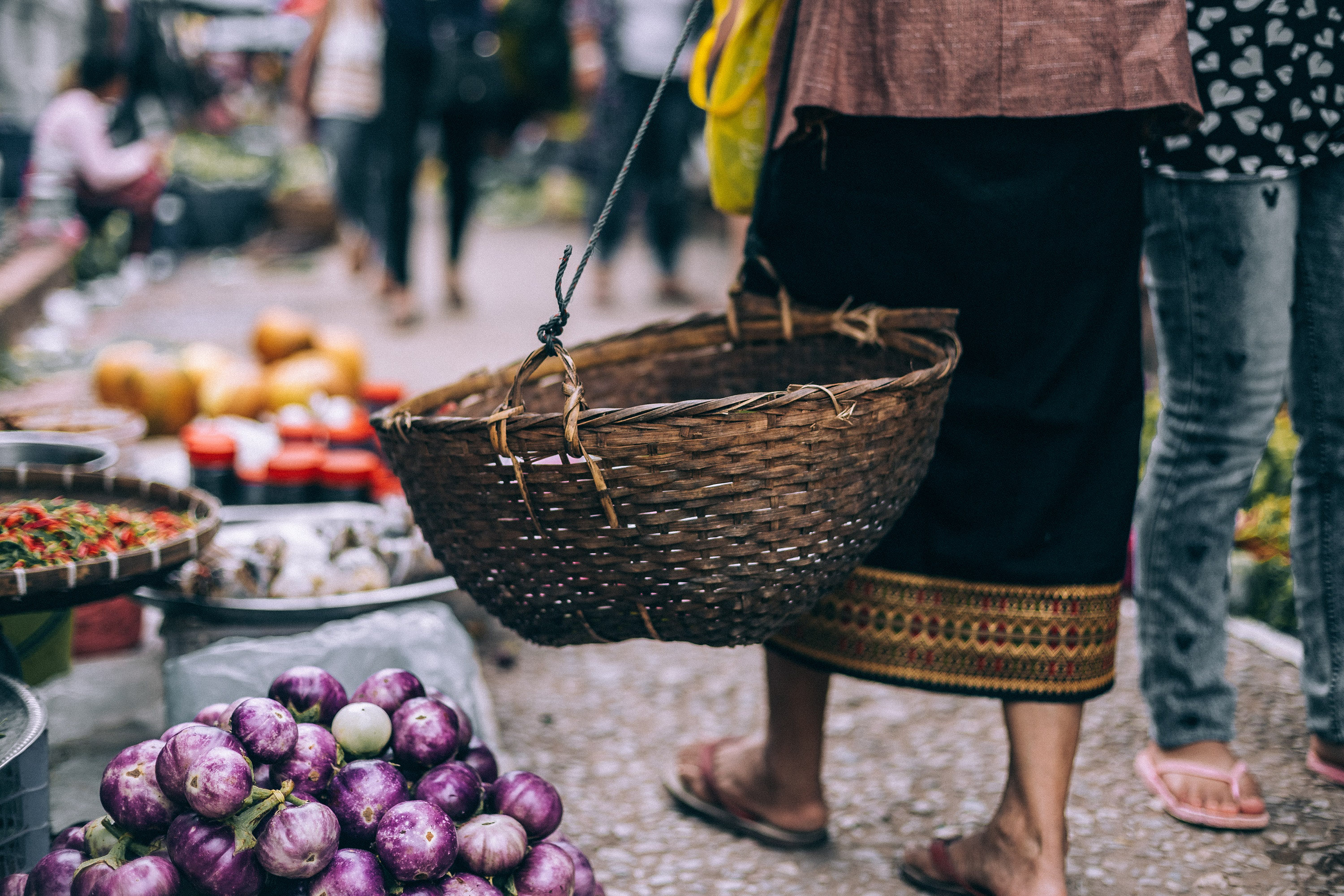
4. Don’t chimp
In photography, chimping is checking your photos on your camera display after you capture it. Don’t risk missing moments because you’re too busy checking your photos on your tiny LDR camera screen. What happens if there’s a split second golden moment that you miss as you’re intensely looking on the screen?
Just keep taking photos, and you can sort them out later.
Landscape Photography
A while ago, we published a landscape photography guide for any kind of terrain. Here, we’d like to add some practical tips for landscape photography in general that could transform your imagery.
5. Research the best time to visit each landscape destination
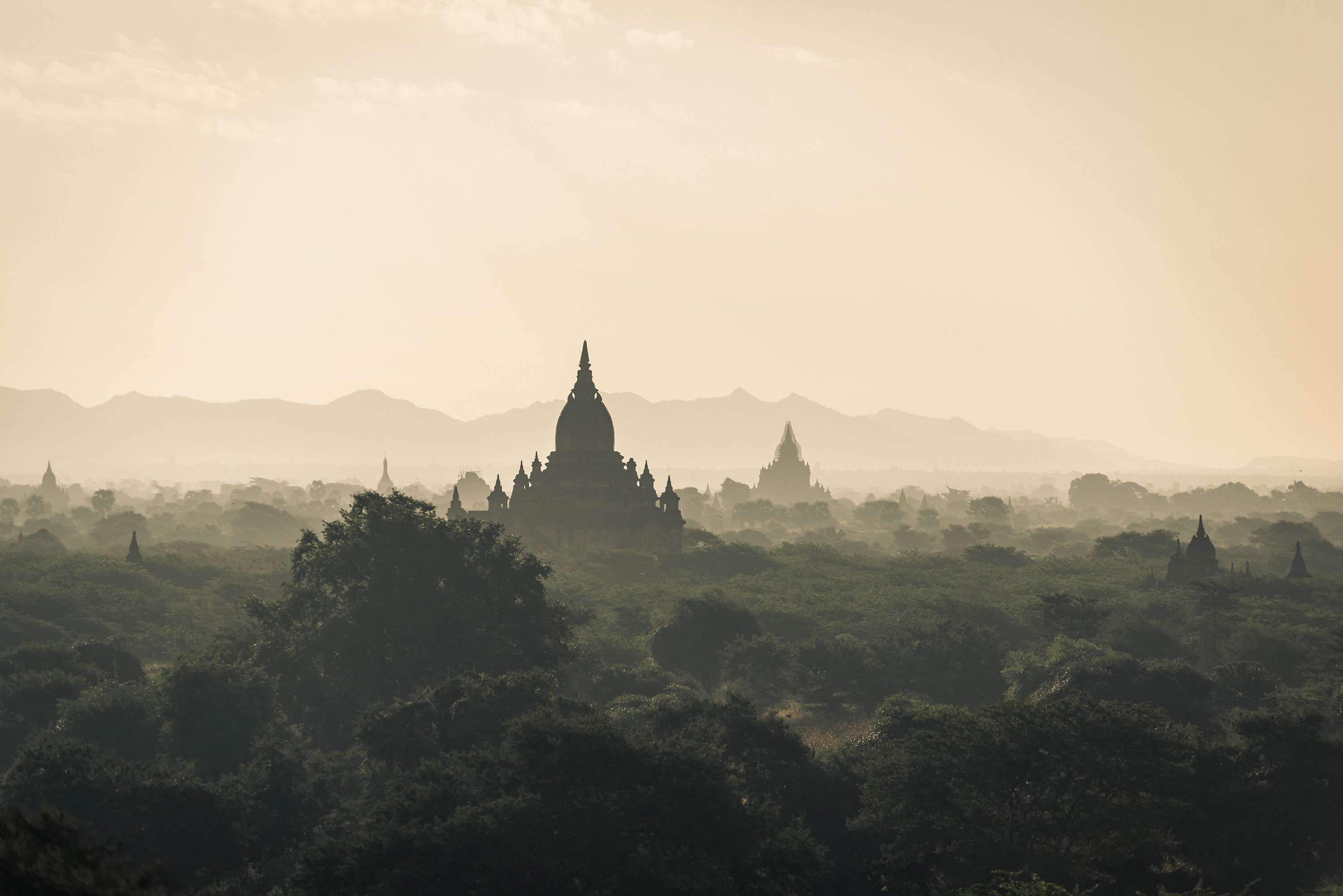
When it comes to nature, the time of the day when you take the photos plays an important role in the outputs, as it can really add dramatic effects to your photos. Maybe you want to capture the beach at sunset, to create gorgeous silhouettes of the boats and people. Or maybe you want to capture the hills just after the break of dawn when they’re still surrounded by mists.
When you plan the trip, research the best time to capture each destination. The golden hour, blue hour, early morning, they all have different effects on your photos. Imagine how you want your photos to look, and plan your itinerary accordingly.
READ: How to Do Pro-Quality Travel Photography with Your Smartphone Camera
6. The secret of sharp images: focus one-third of the way up the frame
This is a little-known tip that proves to be very useful. Use manual focus, focus on a point 1/3 of the way into the frame, and use a narrow aperture.
Avoid using the smallest aperture (f/22), but rather use 2-3 stops from the smallest to get sharper images.
7. Use layers to add dimension
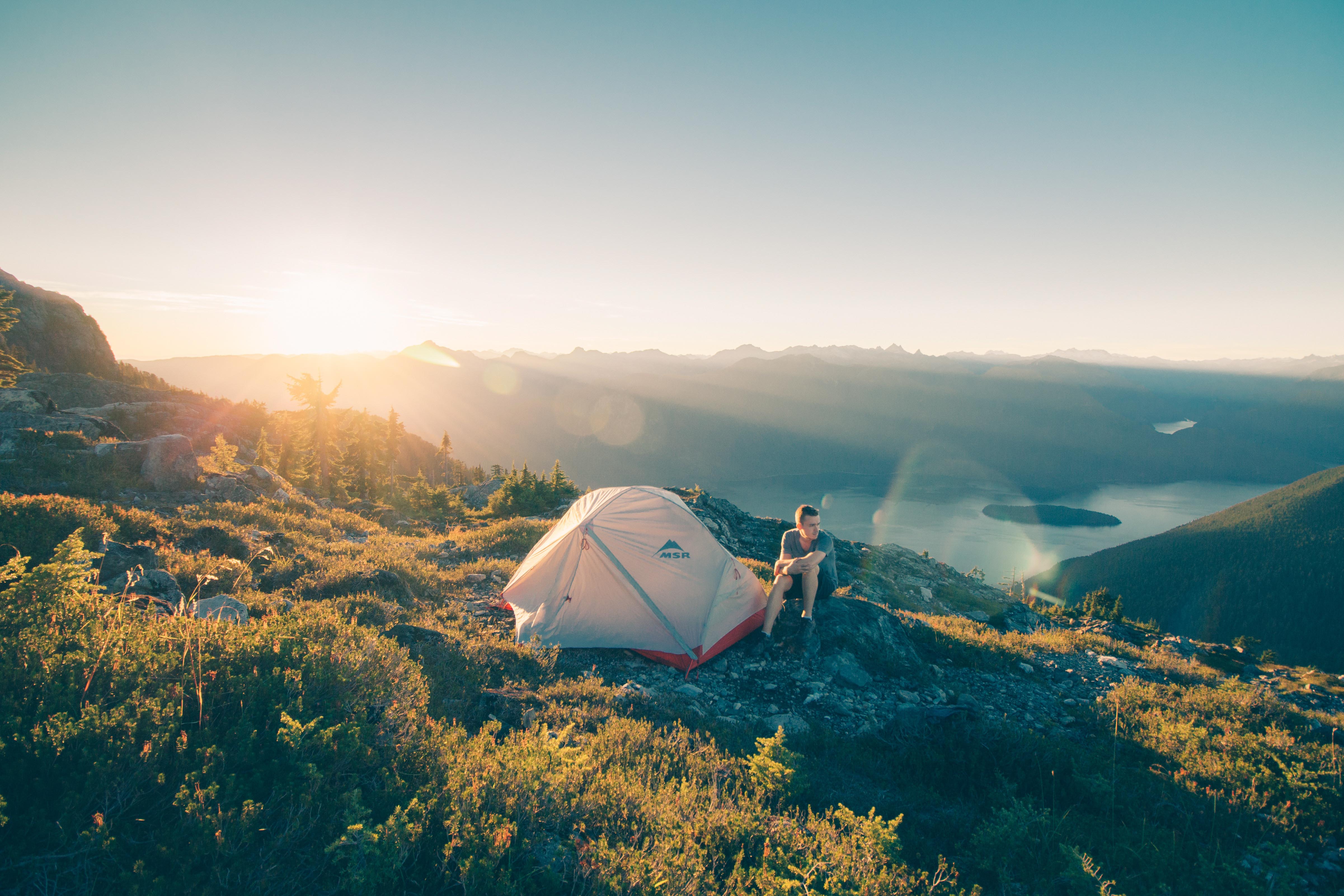
It’s not always easy to capture the grandeur of nature on your camera. The towering mountains can look short and the vast sea small.
The solution for this is to set layers in your photo.
- The background: the farthest (and usually the largest) subject in the frame – a mountain or sea, for example
- The middle ground: it’s not always necessary or available, but something in the medium distance like a river, trees, or a pond can be the middle ground
- The foreground: the subject closest to you. It can be a person, a rock, grass, or anything. The foreground plays an important role in adding a sense of scale to the image.
These images will come in handy when you create magnets online.
8. Explore various spots at the location
Many photographers don’t venture beyond the first 2-3 spots they find, and they’re missing out on many good opportunities. Walk around the location and try to see things from different spots and angles. Crouch down and try the ant view, or find a higher spot to get a bird’s eye view if possible. Capture images that nobody else has taken before.
9. Get creative with your subject
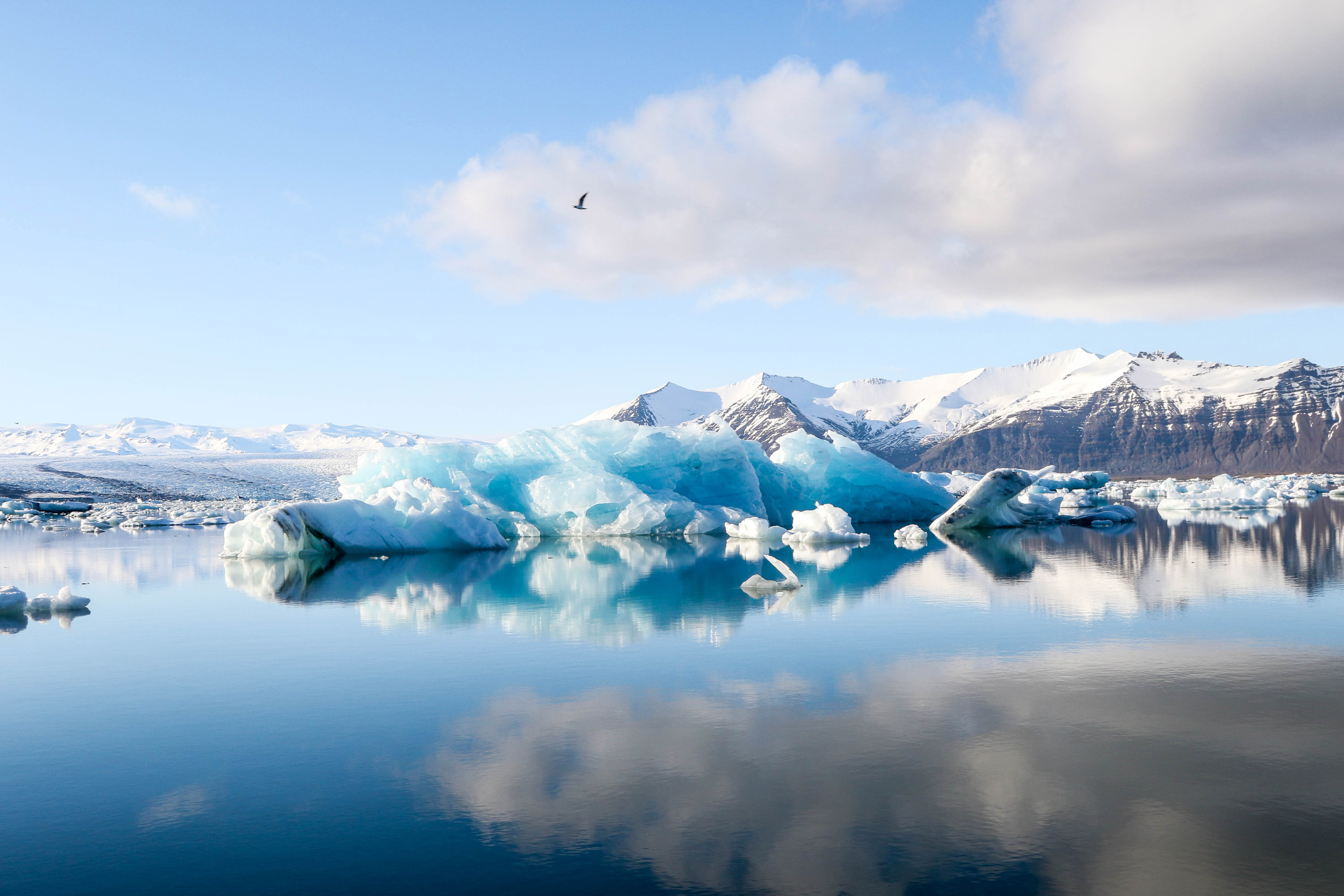
Try to add a little twist to your landscape photos to make it more interesting. Use the clear body of water as a mirror, play with the slow shutter speed (and a tripod) to create a silky stream of the river, or use the clouds to create some patterns in the background. With some creativity, you can bring the wow factor to your photos. Here are some cool ideas of the photos you can take from The Wildlife Diaries!
Architectural Photography
Another essential in travel, this includes capturing monuments, landmarks, and buildings. If you’re planning a city break, you will find these tips very handy.
10. Use humans to add a sense of scale
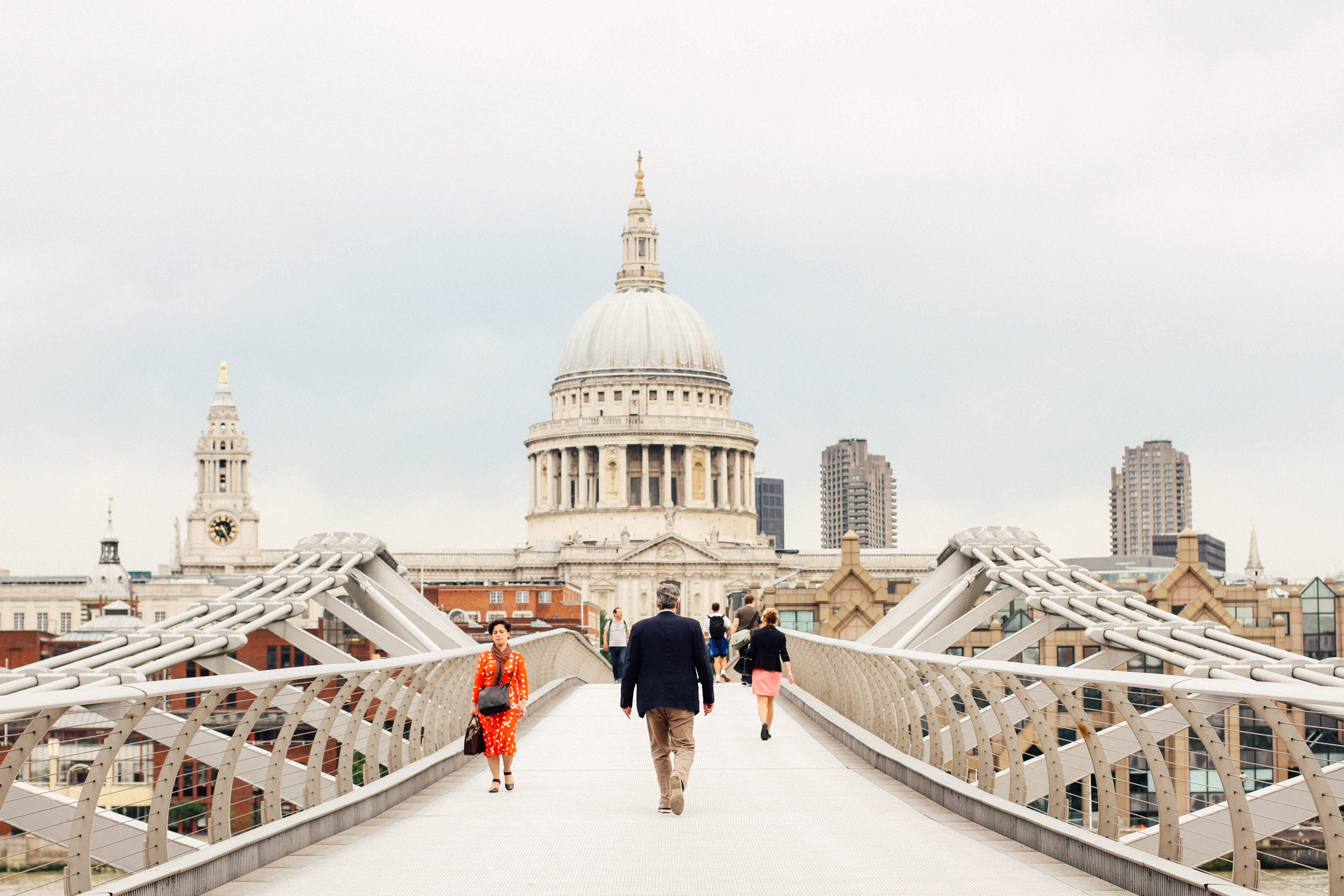
Ideally, and most of the time, we want nobody in the frame when we take photos of a monument or a landmark. But with popular tourist destinations, it’s not always possible to have the place to yourself.
In this case, embrace the people. Let them be in the frame, and be ready to capture when these people are in the ‘right’ position in the frame to make a good composition. When done right, you can use people to emphasize the majesty of a landmark or building.
Just imagine how you can frame these images and hang them all over your walls. Amazing, right?!
Pro tip: you can bring some awesome photo gifts home. Don’t feel like photo gifts? Not a problem, be sure to check out cool travel gift ideas for any budget!
11. Focus on the smaller things to find interesting patterns and details

When photographing a landmark, we often focus on getting wide-angle shots to show it as a whole. There’s nothing wrong with that, but after you’ve got it covered, focus on smaller parts of the building, as this is the best way to find interesting details and patterns.
One technique to try is zooming in and looking through the lens. This will train your eyes to see the smaller things that you might miss when you look at the bigger picture.
12. Play with different angles and perspectives
Buildings and landmarks shots can fall flat without a little twist. Just imagine, thousands of people who have come before you might have taken the same shots at the exact same spot. Tilt your camera, find a higher vantage point, or lay down and point your camera upwards; be as creative as you can to give your images the ‘wow’ factor.
13. Use lines and shapes to create geometric patterns
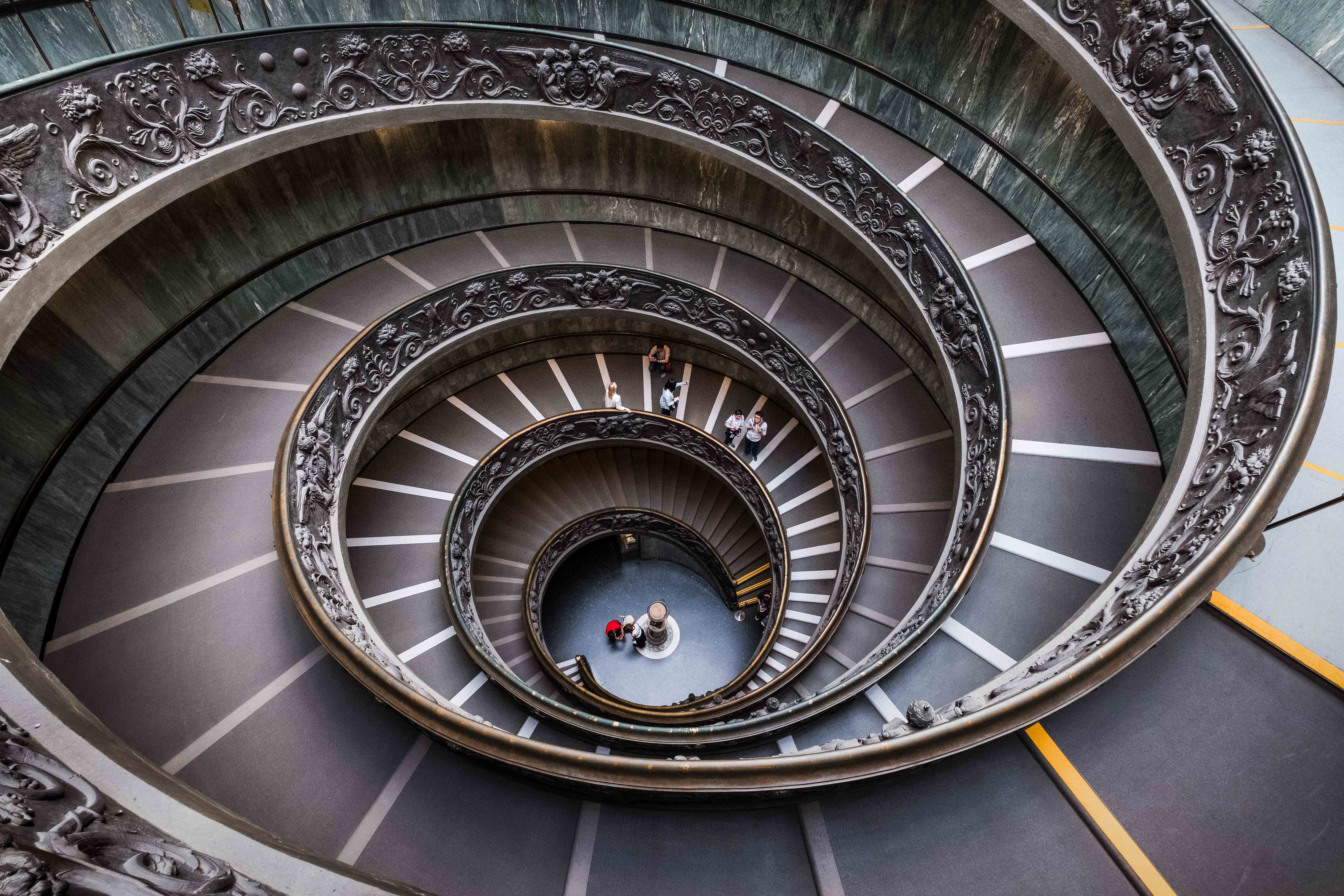
Another way to create unusual shots is by playing with lines and shapes to create unique patterns that can be the focus of your photo. Combined with unique angles and points of view, the results can be extraordinary. Just let your imagination run wild!
Food Photography
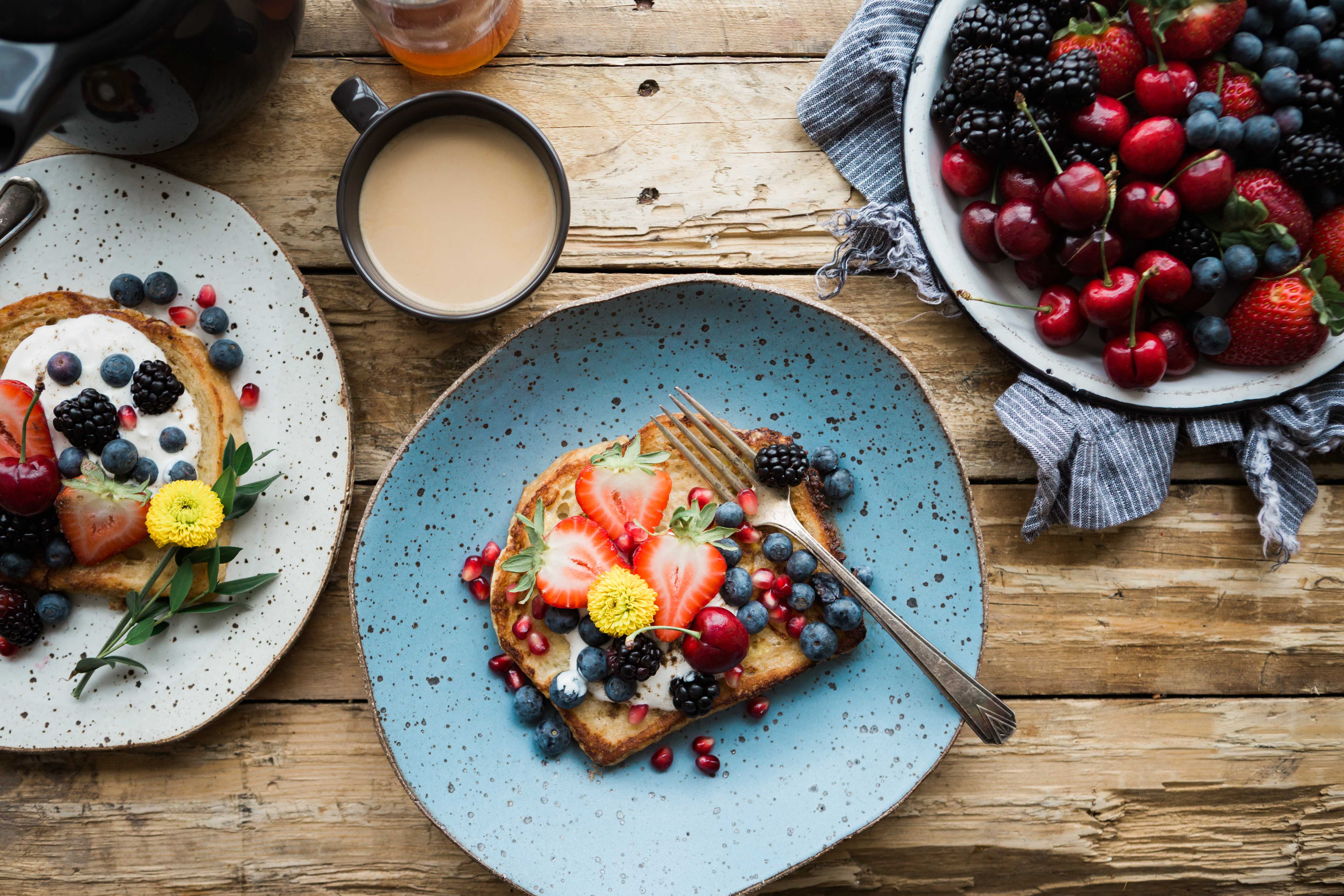
Image Credit: Total Shape
We have covered almost all the basic food photography tips in our previous article, and many of them still apply when you’re traveling. But when you travel, you don’t have that much control over how the food is presented, so here’s what you can do to make the most of what you’ve got.
14. Use natural light
This tip applies to all kinds of photography, but there are a few things you can do to make sure you get natural light when you eat out during traveling: ask for a window table, or sit outside if possible. Even better, book the place in advance and ask for these strategic spots to get the best natural light.
15. Shoot local delicacies
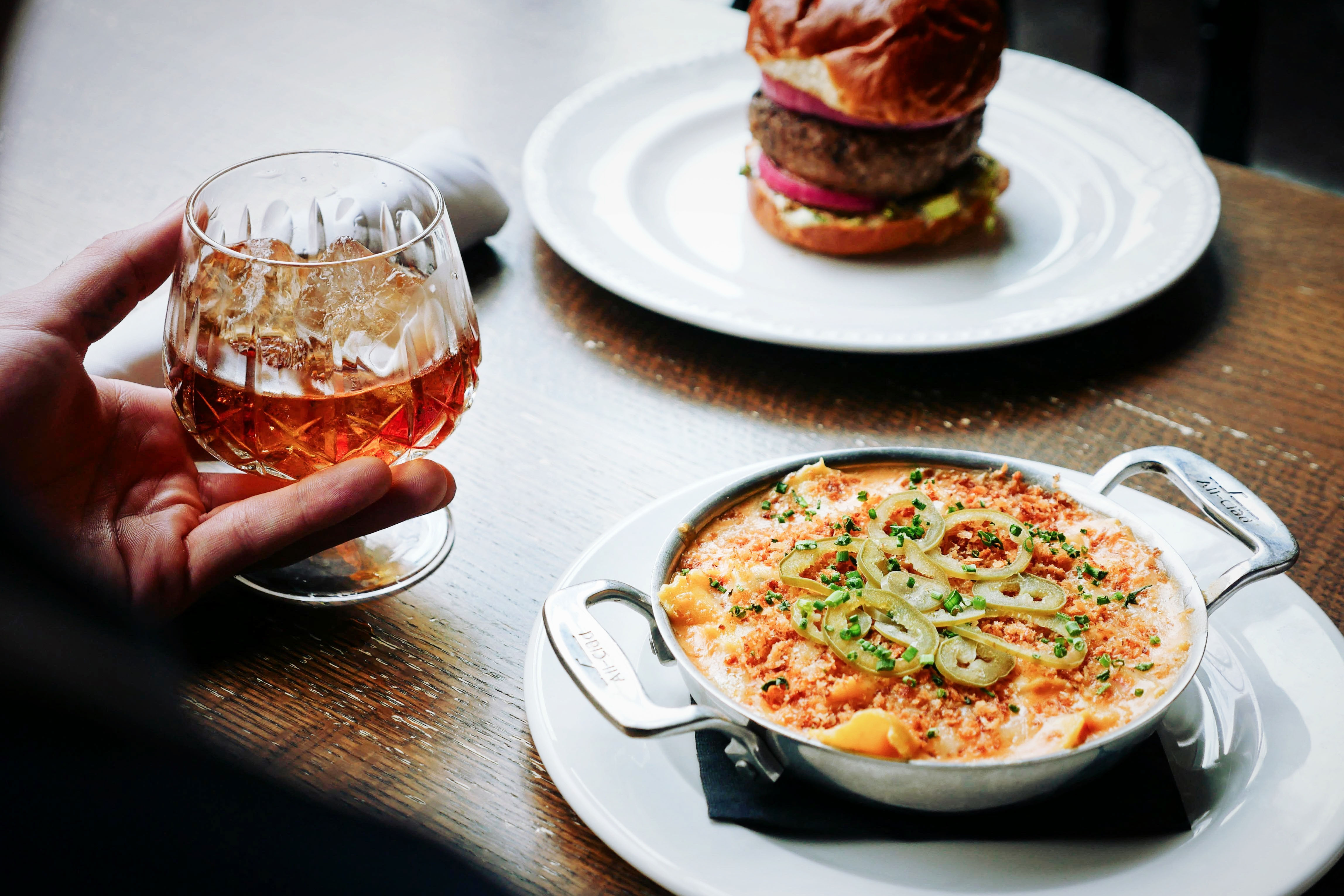
Every place has its own specialties, and if you can, capture them in their elements. Explore the local markets to get the traditional dishes, to get an amazing culinary adventure and interesting subjects for your photos. Indonesian chicken satay served on a banana leaf, Moroccan tagine, jerk chicken on the grill, use what’s available as your ‘props’.
And while you’re at the market, wander around and take photos of the colorful spices, ingredients, and vibe. This will add stories to your food shots.
16. Eliminate distractions
Too many things in the frame can take the focus away from the food. If the cutlery or the sauce bottle don’t add anything to the story, leave them out of the frame.
17. Capture the eating experience
Some food images look more appetizing when they’re eaten (or half-eaten), or if there’s a human element in the frame. Take photos as the steak is being cut to show the meat inside, or as the scone is being sliced and smeared with jam and cream. Capture the hands reaching for food on the table, or the noodles as they’re lifted by the chopsticks.
Capturing the human elements and eating experience will add dynamic to what would otherwise be boring photos of untouched food.
18. Capture the cooks in action
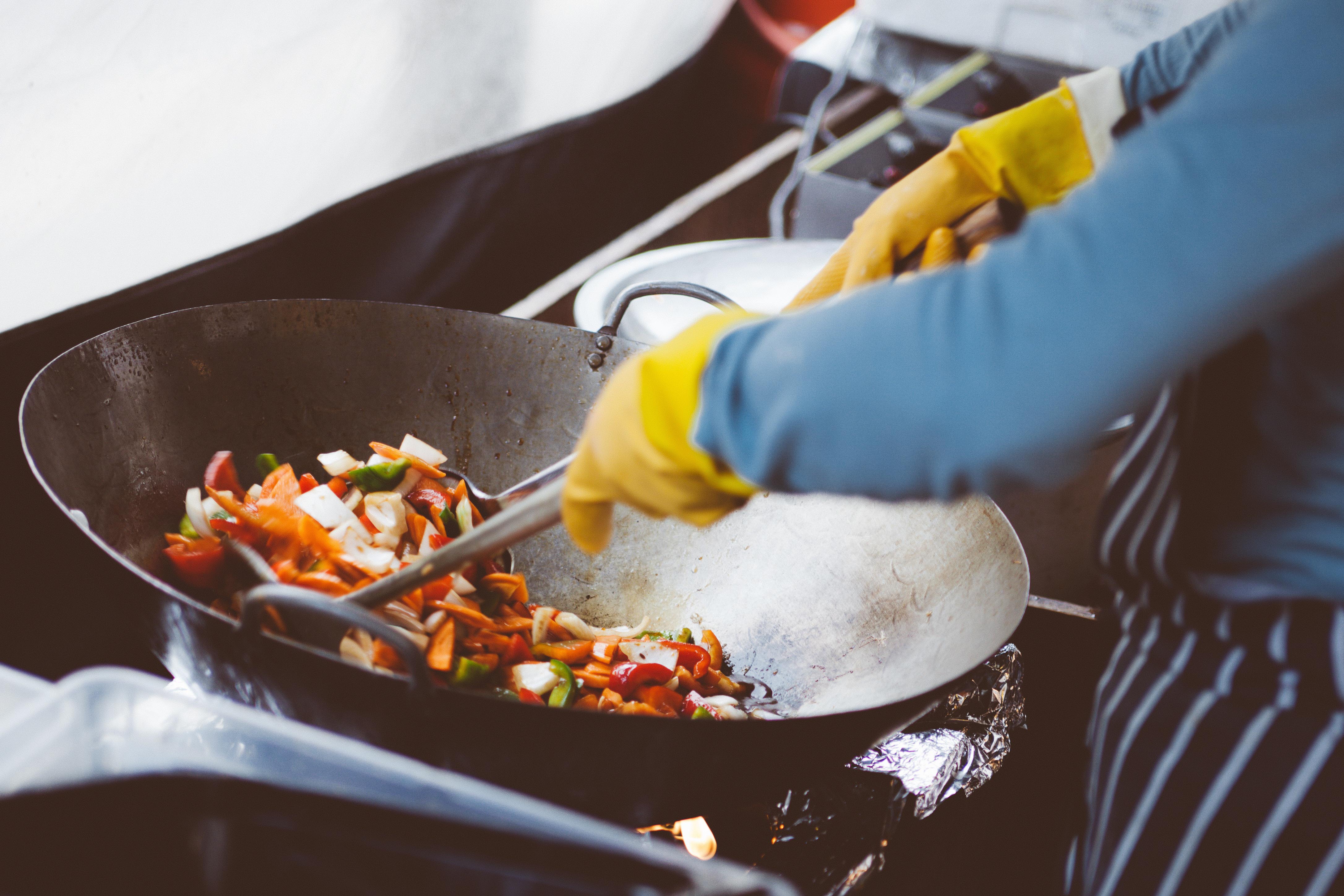
One of the perks of going to the market or the street is that you will often get to see the cooks in action. It’s fascinating to see them expertly prepare the food, and if you can capture these on camera, your photos might have the chance to fascinate those who see them as well.
Self-portraits
You might understand the frustration of trying to get decent self-portraits or photos of the whole group when you’re not the one behind the camera. You’ve traveled this far, you should at least have decent photos of yourself or your group together. Here’s how you can get decent photos of yourself and/or your group.
19. Ask someone with a DSLR camera

Instead of asking a random stranger that passes by, ask someone who has a DSLR camera. They are more likely to know the basics of photography, so this increases the chance of getting decent shots.
It’s also really helpful if you give them an example of the shot you want, with extra info about how you want it done (for instance, “Would you please take it exactly like this, with me from the waist up?”). Frame the shot and set the focus yourself, so they only need to click the shutter.
20. Invest in a remote or wifi-enabled camera
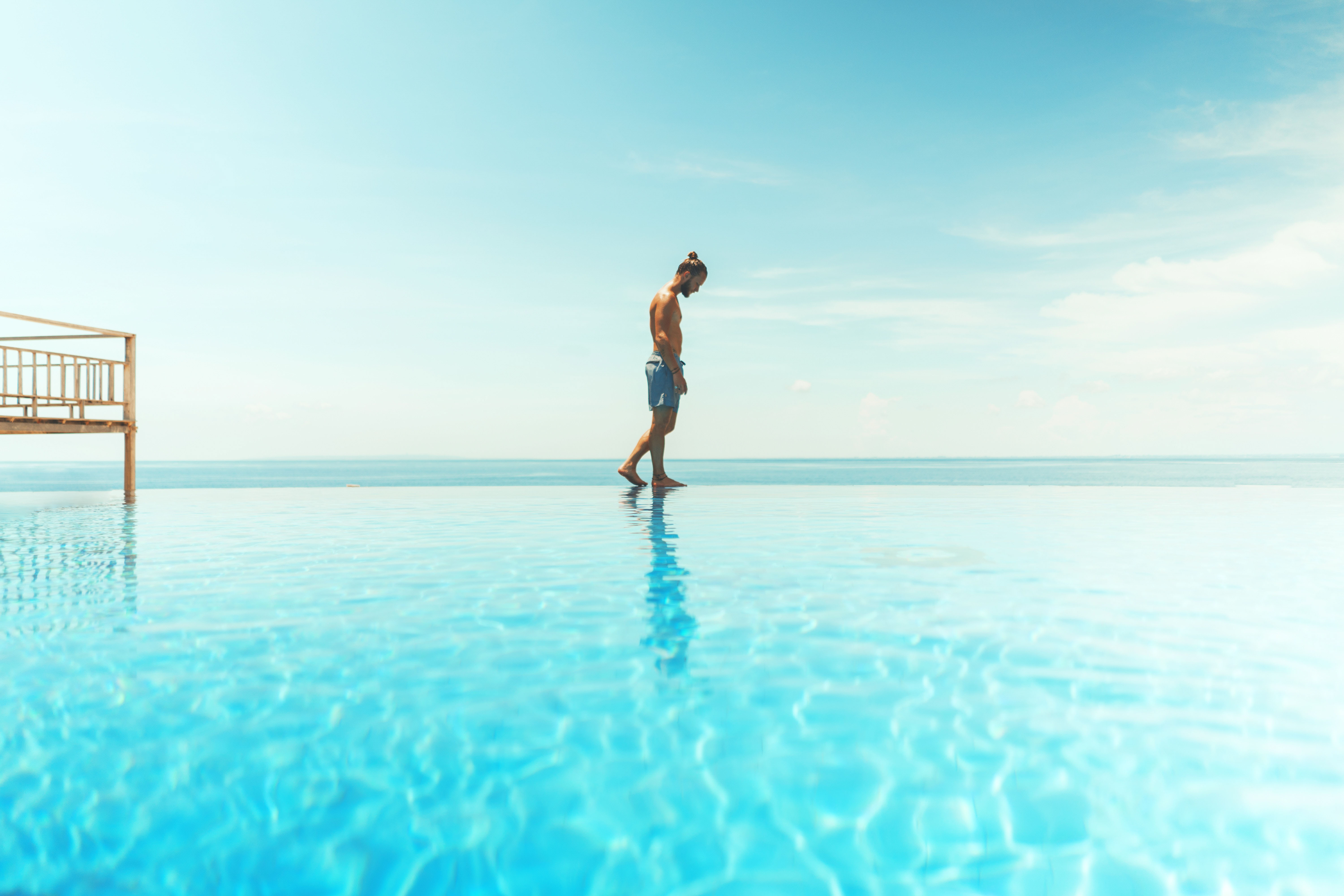
This one will be useful for solo travelers.
You can do well with a tripod and self-timer, but it would be inconvenient (and tiring) to go back and forth to set the timer. Invest in a little remote and save yourself the hassle. Or if you’re really passionate about travel photography and want to go the extra mile, you can invest in a wifi-enabled camera and use your phone as the remote. Pretty neat, right?
A little tip for this point, it would be best if you can go early and beat the crowd, especially if your destination is a popular one. Reduce the possibility of having someone walk in the frame or knock your tripod, which can ruin not just your photo, but potentially your gear and holiday mood as well.
21. Using a selfie stick is not always bad
As a last resort, you can always use a selfie stick to take your portraits. We’d recommend you go beyond the standard pose and framing, though. Be creative with your selfie, and capture the background and environment as much as possible.
Create your Travel Memories!
Last but not least, make sure you keep all your holiday memories to make your own photo book and travel memorabilia! Those once-in-a-lifetime moments need to be preserved and cherished.
For more travel photography tips and guides, subscribe to our newsletter below!
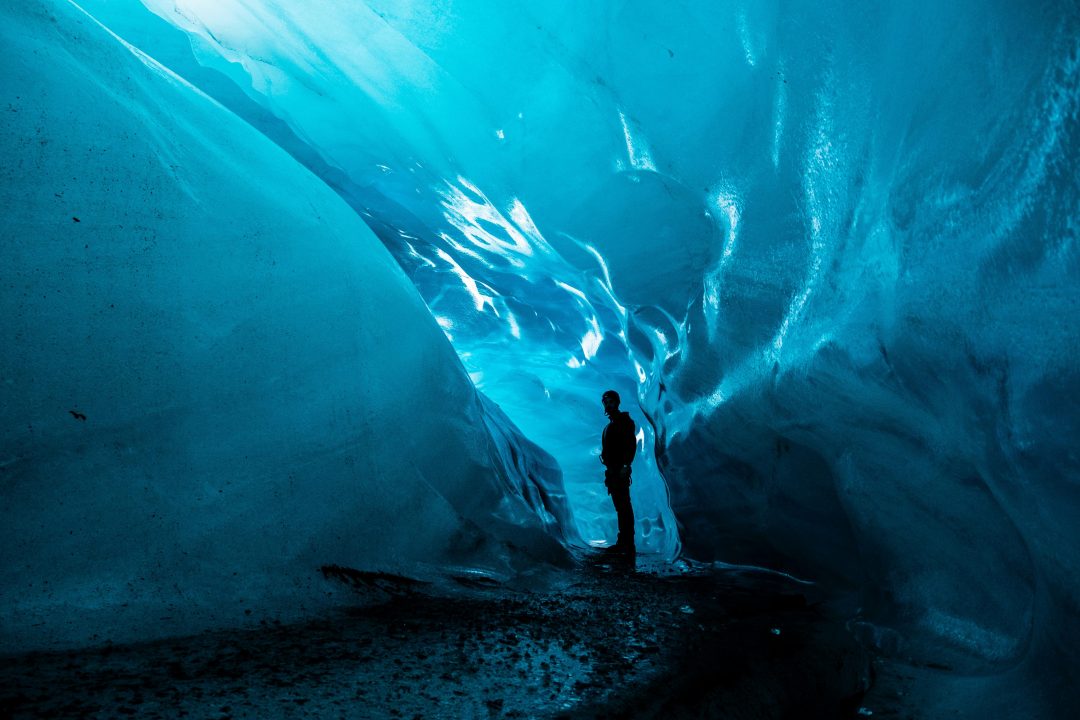





Be the first one to comment